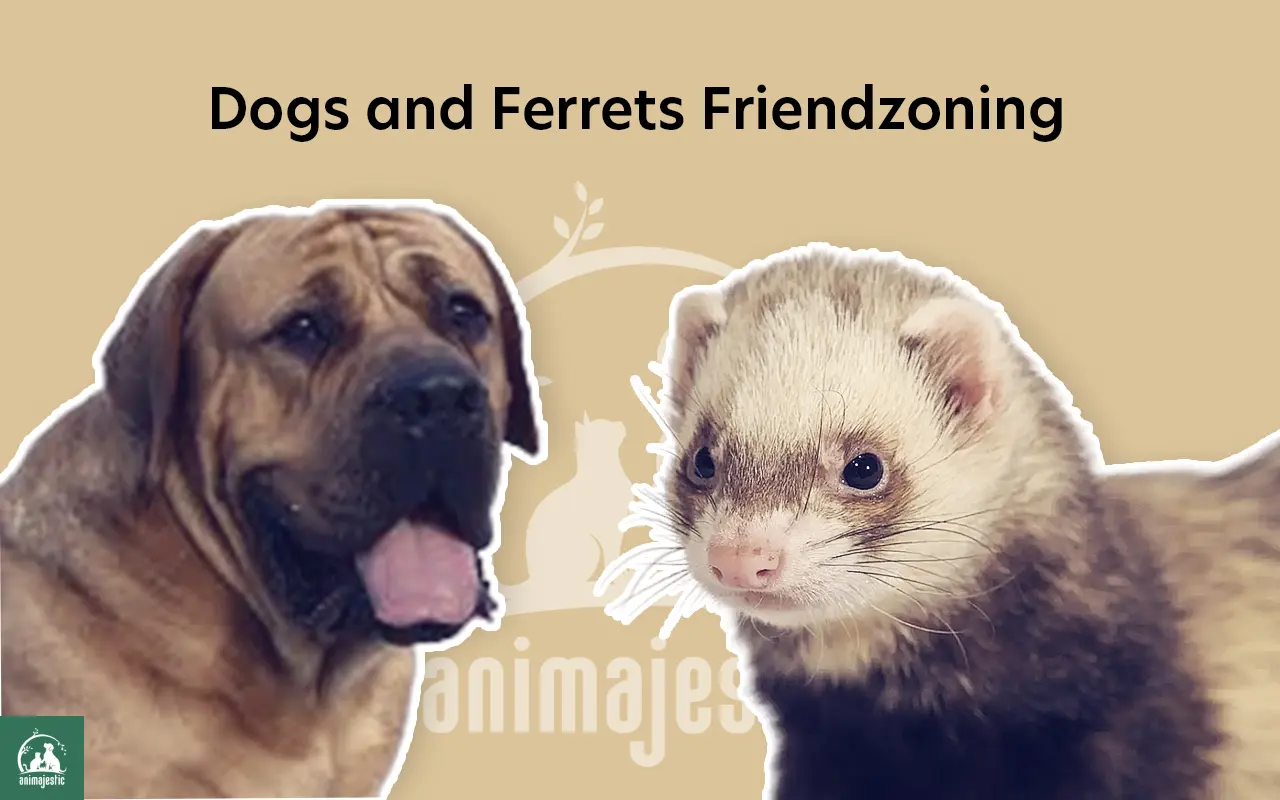Dogs and ferrets, two popular pets known for their playful and curious nature, can sometimes live together harmoniously. However, their compatibility largely depends on individual temperaments, early socialization experiences, and the manner in which they are introduced to one another.
Here are various factors that contribute to a successful dog-ferret relationship and detailed tips on fostering a positive coexistence between these two species.
Factors Influencing Dog-Ferret Relationships
1. Breed and Temperament
Not all dog breeds are equally suited to cohabitating with ferrets. Some breeds have a strong prey drive, which can lead to viewing a ferret as prey rather than a companion. Terriers, hounds, and herding dogs often fall into this category. Conversely, breeds with a more easygoing and sociable nature, such as golden retrievers and labradors, may be more accepting of a ferret as a fellow pet.
It is important to note, however, that breed alone is not the sole determinant of compatibility. Each dog is an individual with its own unique personality traits. Consequently, some dogs from breeds with high prey drives may still be able to coexist peacefully with a ferret, while some dogs from more sociable breeds may not.
2. Socialization
Early socialization is a critical factor in determining whether a dog and ferret will get along. Exposing a dog to a variety of animals, including ferrets, from a young age increases the likelihood of accepting them as companions later in life. Similarly, ferrets that have been socialized with dogs are less likely to be fearful and more likely to interact positively.
3. Size and Age
The size and age difference between a dog and a ferret can also impact their relationship. A large dog may accidentally injure a small ferret during play, while a young, energetic dog may be too exuberant for an older, more fragile ferret. It is essential to consider these factors when introducing the two animals.
4. Training and Obedience
A well-trained dog with good impulse control is more likely to have a successful relationship with a ferret. Training your dog to follow basic commands such as “sit,” “stay,” and “leave it” can help prevent unwanted interactions and ensure a safer environment for both pets.
Tips for Fostering a Positive Relationship Between Dogs and Ferrets
1. Gradual Introduction
Introduce the dog and ferret slowly and carefully. Begin by allowing them to sniff each other through a barrier, such as a baby gate or a wire cage. This allows them to become accustomed to each other’s scent and presence without the risk of physical harm. Gradually progress to supervised interactions with the dog on a leash and the ferret in a secure area.
2. Observe Body Language
Closely monitor the body language of both animals during their interactions. If either the dog or the ferret exhibits signs of fear or aggression (e.g., growling, hissing, raised fur), separate them immediately and try again later. Look for positive signs, such as relaxed postures, wagging tails, and gentle sniffing, which indicate that the animals are comfortable with each other.
3. Reinforce Positive Interactions
When your dog and ferret interact calmly and peacefully, reward them with praise, treats, or playtime. This helps reinforce the idea that being around each other is a positive experience and encourages future positive interactions.
4. Supervision is Key
Never leave a dog and a ferret alone together unsupervised. Even if they appear to get along well, there is always a risk that the dog’s prey drive could be triggered or that the ferret could provoke the dog, resulting in injury or even death.
5. Designate Separate Spaces
Ensure that both the dog and the ferret have their own separate spaces where they can retreat if they feel overwhelmed or need a break. This helps prevent conflicts and ensures that both animals feel secure and comfortable in their environment.
6. Exercise and Mental Stimulation
Providing both your dog and ferret with ample exercise and mental stimulation can help reduce potential conflicts. A well-exercised and mentally stimulated pet is less likely to engage in unwanted behaviors or becomes overly focused on the other animal.
Conclusion
While dogs and ferrets can potentially get along, their compatibility depends on numerous factors. By understanding these factors and following the tips provided, pet owners can increase the chances of harmonious coexistence between dogs and ferrets. However, it is crucial to remember that each situation is unique, and there are no guarantees that every dog and ferret will be able to live together peacefully.
